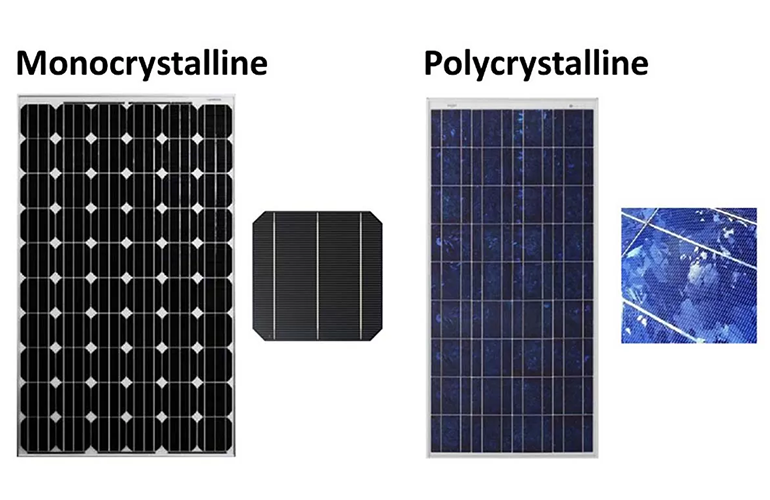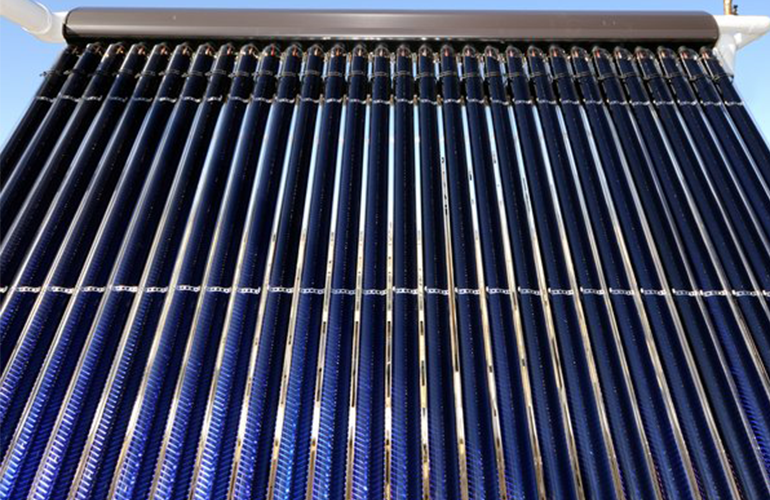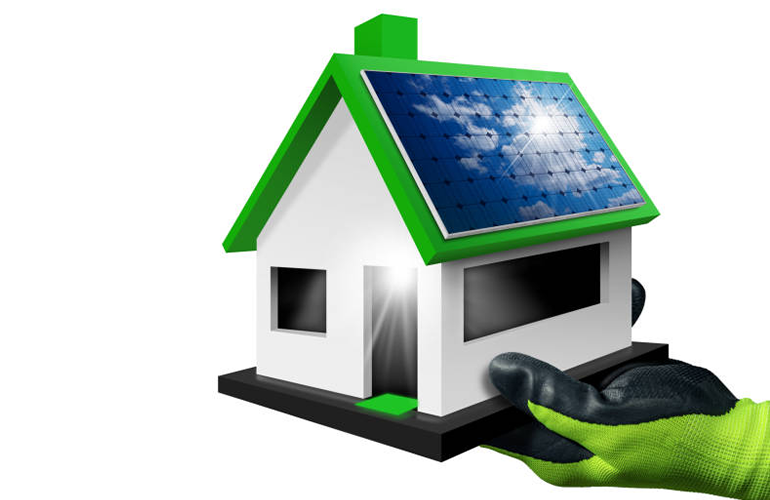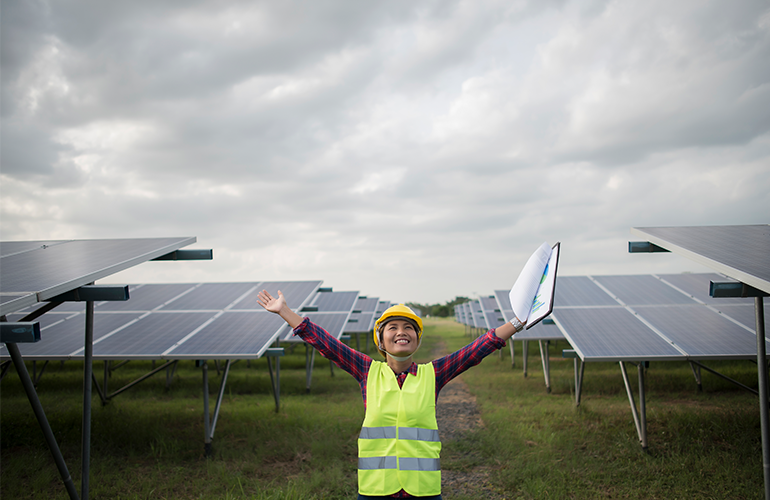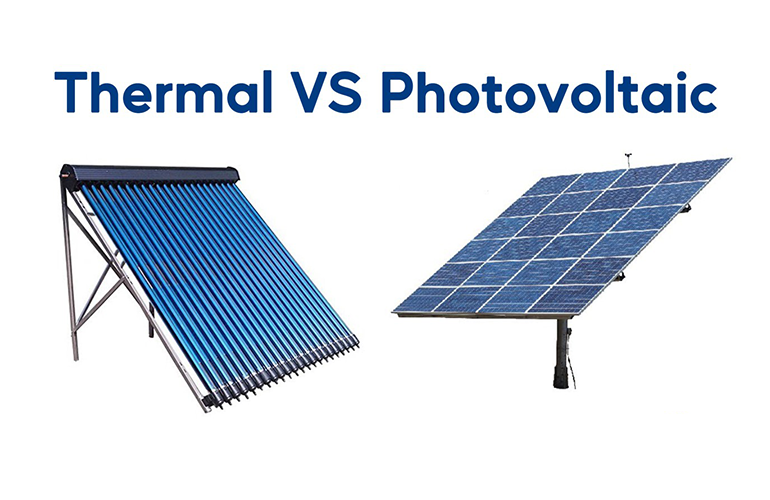In the pursuit of energy efficiency and sustainability, homeowners are increasingly turning to renewable energy sources to power their homes. One such solution gaining traction is the integration of solar panels into central heating systems. By harnessing the power of the sun, solar panels can supplement or even replace traditional heating methods, offering a cleaner, more sustainable alternative for home heating. In this blog post, we’ll explore the benefits and considerations of using solar panels for central heating systems, empowering homeowners to make informed decisions about their energy usage and environmental impact.
Understanding Solar Panels for Central Heating
Solar panels, also known as photovoltaic (PV) systems, convert sunlight into electricity, which can then be used to power various components of a central heating system. These systems typically consist of solar panels installed on the roof or ground, an inverter to convert DC electricity into AC electricity, and a central heating system that distributes hot water or air throughout the home.
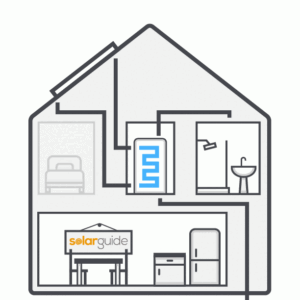
Benefits of Solar Panels for Central Heating
Renewable Energy: Solar panels generate clean, renewable energy from sunlight, reducing reliance on fossil fuels and lowering carbon emissions associated with home heating.
Cost Savings: By harnessing free energy from the sun, homeowners can significantly reduce their heating bills, leading to long-term cost savings and a positive return on investment.
Energy Independence: Solar panels provide homeowners with a renewable source of energy, reducing their dependence on external energy sources and enhancing energy security.
Environmental Impact: Solar panels produce electricity with minimal environmental impact, helping to mitigate climate change and reduce air and water pollution.
Low Maintenance: Solar panels require minimal maintenance, with no moving parts to wear out. Routine inspections and occasional cleaning are typically all that’s needed to keep the system running efficiently.
Considerations for Installation
When considering solar panels for central heating, homeowners should take into account several factors, including:
Available Space: Assess the available space for solar panel installation, considering factors such as roof orientation, shading, and structural integrity.
System Sizing: Determine the appropriate size of the solar panel system based on your heating needs, energy consumption patterns, and available space.
Integration with Existing Heating System: Ensure compatibility and integration with your existing central heating system, including boilers, radiators, and underfloor heating.
Financial Incentives: Explore available financial incentives, such as government rebates, tax credits, and feed-in tariffs, to offset the upfront costs of installing solar panels.
Conclusion
Solar panels offer a promising solution for homeowners looking to reduce their carbon footprint, lower energy bills, and embrace renewable energy for central heating. By harnessing the power of the sun, solar panels can provide a reliable and sustainable source of energy for home heating, offering numerous benefits for both homeowners and the environment. As the demand for clean energy solutions continues to grow, integrating solar panels into central heating systems represents a significant step towards a more sustainable and resilient energy future.


